What are Precious Metals?
Precious metals have numerous uses, from being used for monetary purposes to making diamond jewellery.
A metal is deemed precious if it is rare and has high monetary value. Precious metals are naturally occurring metallic chemical elements that are less reactive than their sister group, Noble Metals. Due to their high lustre, precious metals complement brilliant diamonds and glittering gemstones, as the light bounces off the metallic surface, giving a beautiful shine. They are also ductile and malleable, allowing for metals such as Rose, White or Yellow gold to be formed.
Gold and Silver are the best known precious metals (also referred to as coinage metals), and while both have prevalent industrial uses, they are notable for their application in the art, jewellery and fine jewellery industries. Platinum, Palladium, Ruthenium, Rhodium and Iridium are also precious metals. Historically, precious metals cost more than common industrial metals.
GOLD - AU
For centuries, gold has symbolised wealth and prosperity. It has been used for money, jewellery, art and ornamentation Like other precious metals, gold is measured by troy weight and grams.. Pure gold is 24/24ths gold, and known as 24-carat gold. Gold is very soft in its purest form, and non-reactive to air and water. Due to its softness, gold is often alloyed with other metals such as copper or platinum in order to strengthen it. In some cases, alloying gold with other metals can lessen its value. The yellow tones of this metal works really well with emerald and ruby - perfect for a bracelet or pair of drop earrings.
SILVER - AG
Silver is an incredibly soft metal that was once thought more precious than gold. The term "Sterling Silver' came from 12th Century Germany, where they minted coins of .925 percent silver and Copper. Silver has been used in art and jewellery for centuries, and is now produced as a corollary of copper, gold, lead, and zinc mining. This metal goes with almost any jewel or gemstone. Whether you want a pair of earrings or a bracelet, coated silver will do the job. Silver tarnishes after exposure to air, but can be repolished to its original condition.
PLATINUM - PT
Platinum is a very dense metal that is is more precious than gold. This metal never corrodes and in its pure form it is harder than gold and silver. When platinum is alloyed for jewellery, it is done so with 5% of other metals (usually Iridium) to make it more malleable. Platinum's name comes from the Spanish word platina, meaning "little silver." There is a high abundance of platinum on the Moon. Because of its stunning white silver finish, this is the most popular metal for eternity rings and solitaire diamond engagement rings.
.jpg)
PALLADIUM - PD
Palladium is an element that belongs to the Platinum group of metals and has a steel-white colour (except in powder form when it is black). The most common use for Palladium is in catalytic converters for cars, and due to its colour and malleable properties it is now used for jewellery. Palladium doesn't tarnish, but does become brittle with repeated heating and cooling. Palladium-gold costs more than nickel-gold but is hypoallergenic and holds its white colour better, making it ideal for more simplistic wedding bands and necklace chains.
RHODIUM - RH
Rhodium is a rare, silvery-white, hard, member of the platinum group. Rhodium is also a noble metal and resistant to corrosion. Rhodium got its name name for the rose color of one of its chlorine compounds, produced after it reacted with the powerful acid mixture aqua regia. This rose colour is often mixed with Rose Gold to truly enhance the pink tones - perfect for those who love rose gold engagement rings. Because rhodium is inert against corrosion and chemicals, it is alloyed with other metals. Rhodium is often electroplated on platinum and white gold, giving it a shining and reflective surface. After lengthy use, the thin layer of rhodium wears away. It is also used on silver to prevent tarnishing.
RUTHENIUM - RU
Ruthenium belongs to the platinum group of the periodic table, and is a rare transition metal. Discovered by Karl Ernst in 1844, this metal was named after his homeland, the Russian Empire. The most common use of Ruthenium is in wear-resistant electrical contacts and thick-film resistors. Ruthenium has similar properties ro rhodium, but is much cheaper to use, which is why this is so popular in the electrical industry. Ruthenium hosts red properties, making it ideal for rose gold. Whether you prefer rose gold pendants or desire a rose gold eternity ring, you should consider this precious metal.
IRIDIUM - IR
Iridium is a hard and brittle precious metal belonging to the platinum family. This metal is incredibly corrosion -resistant, but finely divided iridium dust is reactive and highly flammable. Iridium's name derives from the Greek Goddess Iris, personification of the rainbow. This precious metal is one of the rarest in the Earth's crust, with the small production and consumption of three tonnes a year.



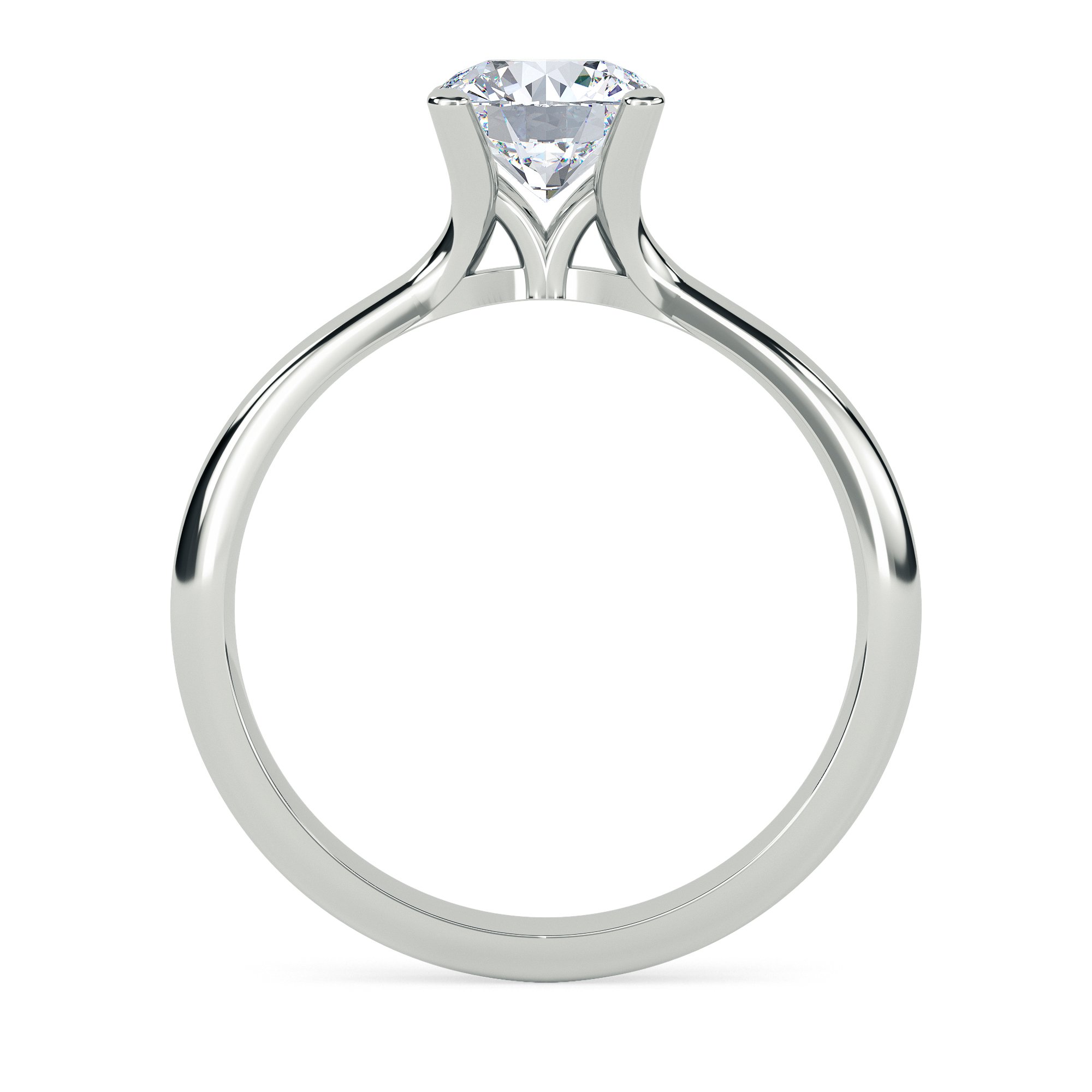
 Twitter
Twitter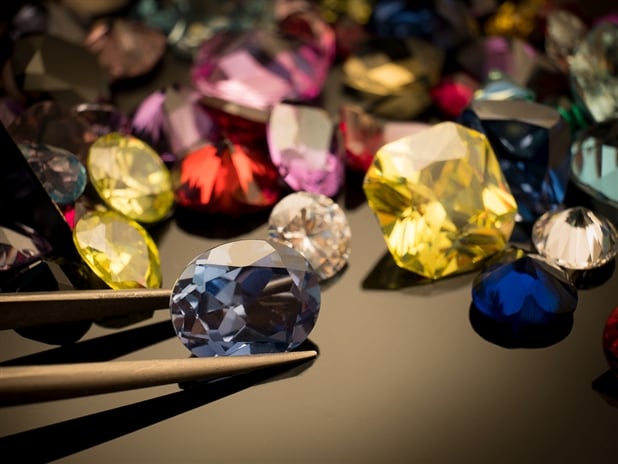
 What size Diamond Earrings should you buy?
What size Diamond Earrings should you buy?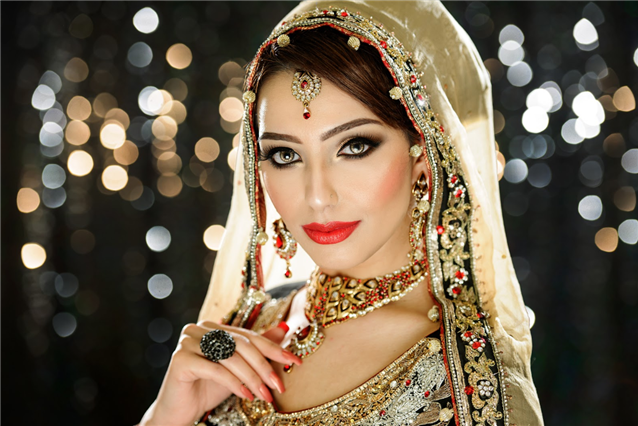 Jewellery Traditions from around the World | Diamond Heaven
Jewellery Traditions from around the World | Diamond Heaven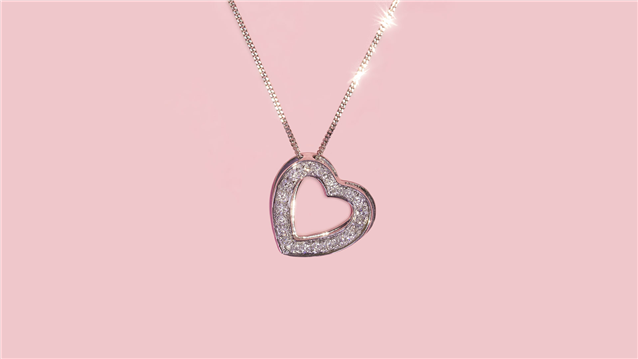 Top Birthday Gifts from Diamond Heaven!
Top Birthday Gifts from Diamond Heaven!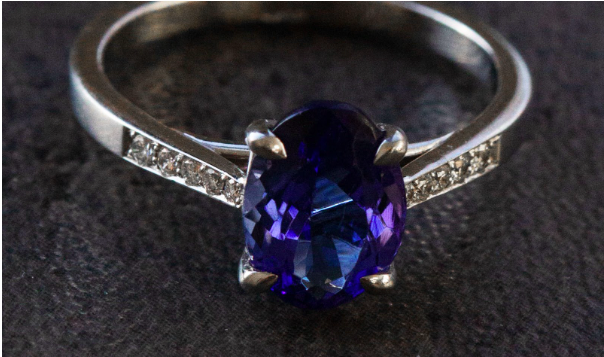 Why Buy Tanzanite Diamond Jewellery?
Why Buy Tanzanite Diamond Jewellery?